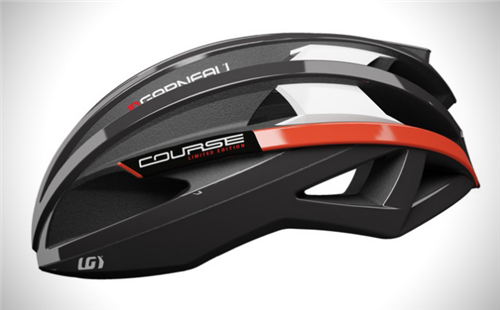NEWS CENTER
Specially developed and developed high-end polyoxymethylene (POM) / long-fiber materials (PP.PA.TPU, etc.) in automobiles, electronic appliances, fasteners, sanitary, military, aerospace, marine, office supplies, agricultural irrigation, electronic appliances, etc.
Bicycle helmets look at the history of plastic
- Categories:Industry news
- Author:
- Origin:
- Time of issue:2018-12-17 11:05
- Views:
(Summary description)The plastics industry has been lagging behind those most exciting modern innovative products. Plastics enable us to develop advanced medical technologies...
Bicycle helmets look at the history of plastic
(Summary description)The plastics industry has been lagging behind those most exciting modern innovative products. Plastics enable us to develop advanced medical technologies...
- Categories:Industry news
- Author:
- Origin:
- Time of issue:2018-12-17 11:05
- Views:
The plastics industry has been lagging behind those most exciting modern innovative products. Plastics enable us to develop advanced medical technologies, more efficient vehicles and high-tech aerospace products.


However, as often stated on this blog, many of the changes that plastics bring are not as fascinating, but they are equally important. Take a bike helmet: A recent study by Rebecca Ivers, a researcher at the George Institute for Global Health in Australia, found that bike helmets, usually made of multiple plastics, can reduce the risk of head injuries by 63-88%.
The epitome of the plastic industry


The history of bicycle helmets today focuses on the epitome of the overall history of the plastics industry: innovative companies have taken advantage of the continuous advancement of plastic materials and manufacturing companies to produce increasingly effective products.
Pre-plastic era: fashion, not safety
Before plastics entered the helmet scene (in the mid-1970s), riders came up with some ways to protect themselves (mostly ineffective). The most popular sweater, called the rider, is just a pad of leather, one of which is wrapped around the head, and two of which are covered on the top. These helmets have no effect and are more used as a source of fashion items and psychological guarantees.
Polystyrene EPS helmet
The real innovation in the helmet industry is the use of expanded polystyrene (EPS) foam. Although helmets had hard plastic shells in the 1960s, it was not until the mid-1970s that innovators had the idea of destructible plastic materials to protect non-disposable human skulls. These plastic materials will be affected first. Given that EPS can reach 98% of the market.
Helmet shell: Overweight or need reinforcement?
For most of the 1970s, the helmet was composed of EPS foam in a Lexan plastic shell. The shell provides a smooth, sturdy outer surface that can spread the impact across the helmet. However, it is difficult for Lexan to develop a ventilation system. This puts the manufacturer in a dilemma-producing a safer helmet with a heavy shell.
In 1990, the manufacturer started to use PET (milk jug plastic) to make a lightweight but effective helmet shell. Since then, helmet manufacturers have continued to innovate and develop EPP foam materials that can heal after a slight impact and increase overall durability.
Scan the QR code to read on your phone
Page Copyright - Jiangsu Taiyi Plastic Technology Co., Ltd. 苏ICP备2020070769号-1 Powered by www.300.cn





